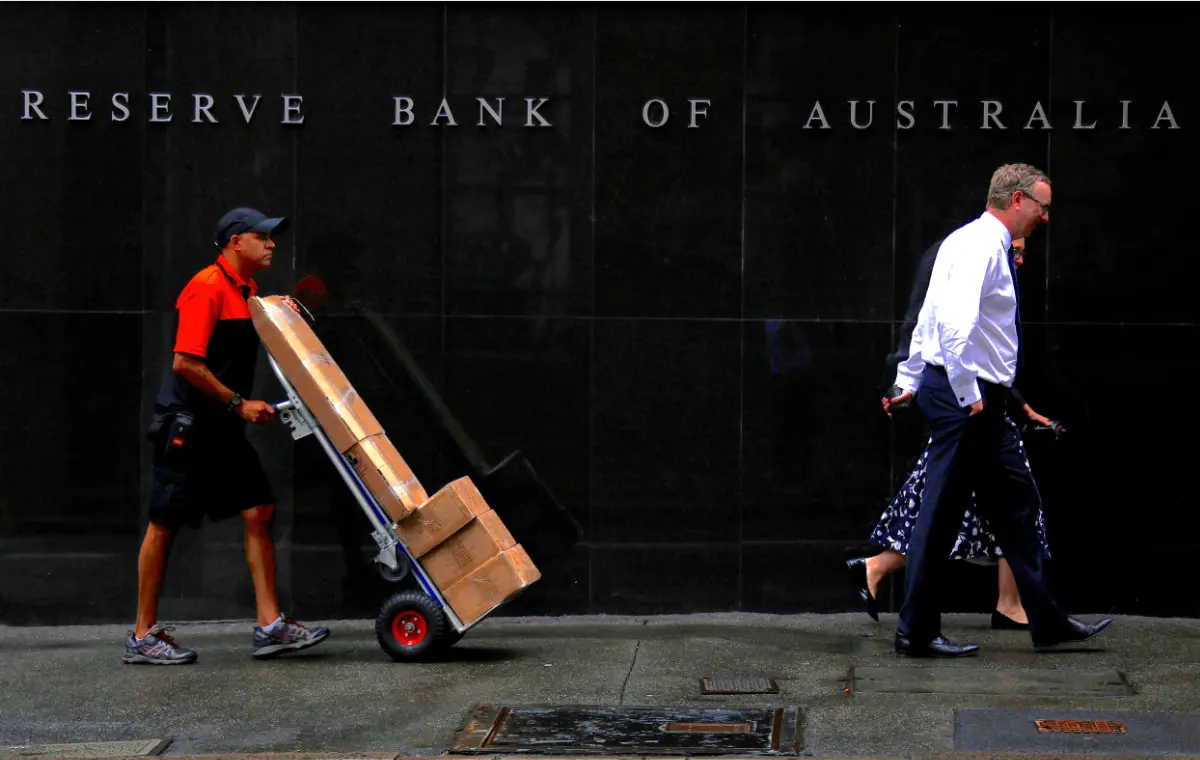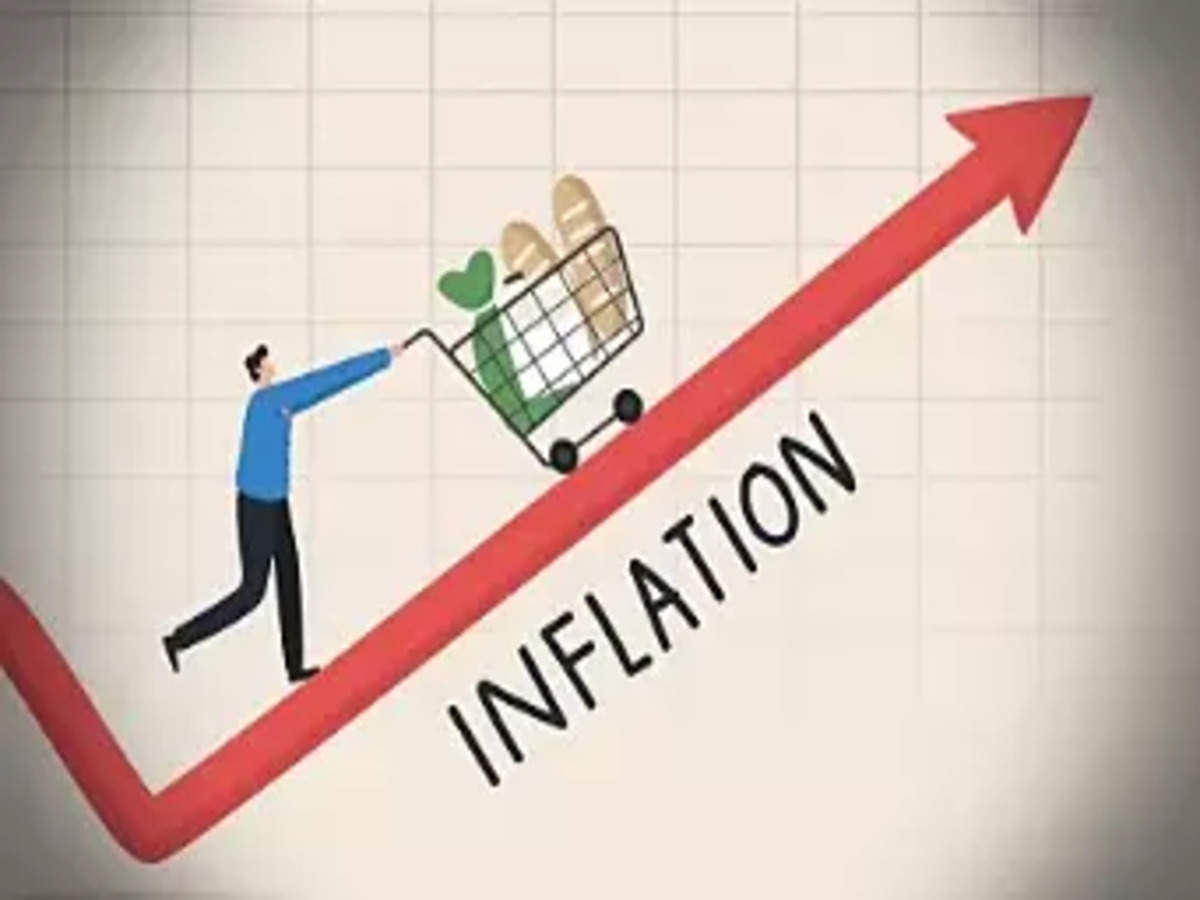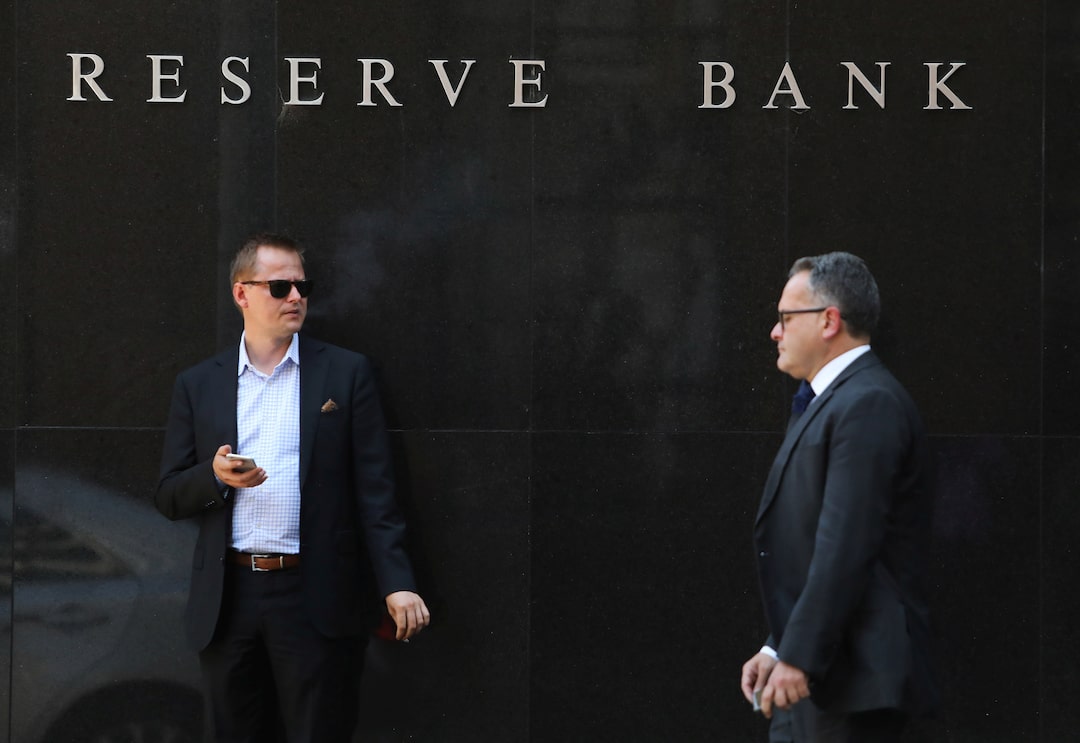Australia Cuts Interest Rates After 4 Years Amid Economic Concerns
As relaxing policy becomes possible due to weakening inflation, the Reserve Bank of Australia officially joined other major central banks around the world by lowering benchmark interest rates on Tuesday for the first time in more than four years.
To combat a weakening economy during the pandemic, the RBA lowered interest rates by 25 basis points to 4.10%, the first lowering since November 2020, when it lowered its main rate to a record low.
“The Board remains cautious on prospects for further policy easing, even though today’s policy decision acknowledges the welcome progress on inflation,” the RBA board members stated in the statement.
In a note, Abhijit Surya, senior APAC economist at Capital Economics, said that the central bank intended to keep “any further withdrawal of monetary restriction” slow.
Surya predicted the current easing cycle to be “short-lived,” predicting only two rate reductions in the current cycle and setting the terminal cash rate at 3.60% as the RBA adopted a hawkish tone.
After a lengthy period of 13 rate rises to control inflation, the central bank has maintained its target rate at 4.35% since November 2023.
 To government bonds rising in recent weeks in anticipation of an interest rate drop, Tuesday’s decision was consistent with market expectations. According to LSEG data, the rates on Australian 10-year government bonds fell 4.450% on Tuesday, a decline of over 20 basis points since January 13.
To government bonds rising in recent weeks in anticipation of an interest rate drop, Tuesday’s decision was consistent with market expectations. According to LSEG data, the rates on Australian 10-year government bonds fell 4.450% on Tuesday, a decline of over 20 basis points since January 13.
Major international central banks that began an easing cycle late last year have outpaced the RBA.
The central bank stated at its most recent policy meeting in December that it was more certain that inflation was falling, which might eventually enable it to loosen policies.
According to figures from the Australian Bureau of Statistics, Australia’s inflation rate decreased to 2.4% in the 12 months ending in the December quarter from 2.8% in the 12 months ending in the September quarter. The RBA has set a target inflation rate of 2% to 3% for the medium term.
The RBA stated on Tuesday that it has become more confident that inflation is moving “sustainably” toward the middle of its target range and that the inflationary pressure is “easing a little more quickly than expected.”
The robust job market, which saw the unemployment rate linger around a record low of 4.0% in December, has been one reason preventing the cash rate from declining. “The labor market may be a little tighter than previously believed, as some recent labor market data have been surprisingly strong,” the RBA stated.
 The Labor government will benefit from the lower borrowing costs as it gets ready for a challenging election this year despite slow economic growth.
The Labor government will benefit from the lower borrowing costs as it gets ready for a challenging election this year despite slow economic growth.
While annual growth fell to 0.8% from 1.0% in the previous quarter—the lowest rate since the pandemic—the nation’s seasonally adjusted gross domestic product increased by 0.3% in the September quarter.
“The forecast for inflation and domestic economic activity is fraught with significant uncertainties. The main prediction is that household consumption will expand in tandem with income growth. However, there’s a chance that any increase in consumption would happen more slowly than anticipated, the RBA stated in a statement on Tuesday.
About the US dollar, the Australian dollar increased a little to 0.6341. Tuesday saw a further decline of 0.54% on the ASX 200 index.
Read More: Huawei’s $3,660 Trifold Phone Set for Global Launch



